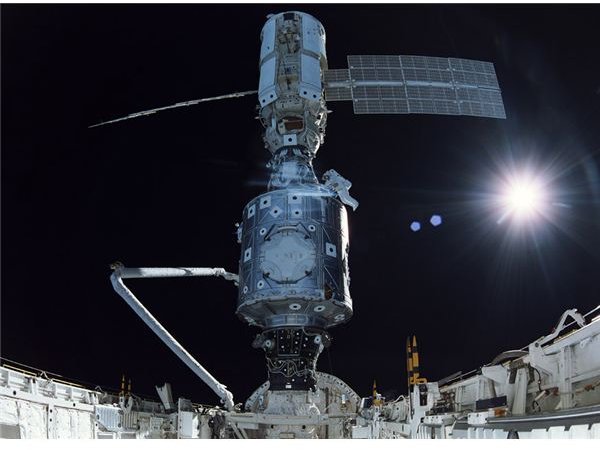Tracking the International Space Station: Human Space Flight and Heavens Above
Keep Track of the International Space Station
When you catch a glimpse of the International Space Station (ISS) quickly passing by overhead, you can’t help but feel a rush of excitement thinking about all the possibilites it brings. The idea that there are people living up there in space looking down upon Earth is thrilling—and in those brief moments when their location meets up with you, you feel connected. Being an astronaut on the ISS is something that most of us mere Earth-bound mortals will likely never come close to experiencing. So many of us regard the lucky ones onboard as heroes as they earnestly conduct a multitude of projects. And when you see the little white point in the sky that is the massive ISS (weighing in at over 1,000,000 pounds!), you momentarily tap into the dreamer in you that had imagined so many times living in space on just such a station as the ISS.
It’s a far reach from reality for the majority of us, but we can show our support and love for space exploration by keeping track of the ISS! You can even view the ISS with your naked eyes on many occasions (sighting are said to become more and more frequent as the station nears completion), or with a pair of binoculars on days when visibility isn’t too great. The following is a list of excellent websites for tracking the International Space Station.
NASA’s Human Space Flight

If you visit NASA’s Human Space Flight website you will immediately find that it’s the best resource for all information on the ISS—not surprising though, really, since it is NASA. Not only can you find out when the ISS will be passing by over your neighborhood, but you can also find mission reports and links to video communication from the ISS and up-to-date information about who is currently on the station.
The layout is very user-friendly when you want to search for the location of the ISS. There is also several ways to experience where and what the station is up to. You can view where it is in graph form and you will see its position change in real time! You can also see live video feeds from the ISS with aerial views of what the Earth looks like to them at that moment. The main page to the Human Space Flight will display the live tracker (as seen on the right) and many links to useful information and tools. But most important is the link for “sighting opportunities” if your goal is to spot the ISS in the sky rather than your computer monitor.
To visit NASA’s Human Space Flight website see the link in the Credits section on page 2.
Heavens Above
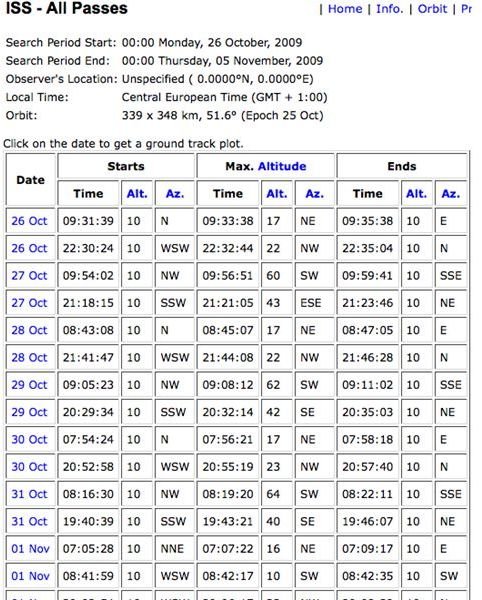
Heavens Above supports the needs of sky watchers everywhere by posting where the ISS will be passing in ten day increments based on your location. The site shows you where the ISS will be by listing the date, time, starting and ending altitude and direction in table form (as seen on the right) for the next ten days. The International Space Station tends to follow a general path from west to east. Bare in mind that when looking up, it can come and go before you ever had a chance to see it. The Heavens Above website also advises that the lower the sun is in the sky the greater the chance that you will see it with an unaided eye.
To visit Heavens Above website see the link at the end of the article.
N2YO
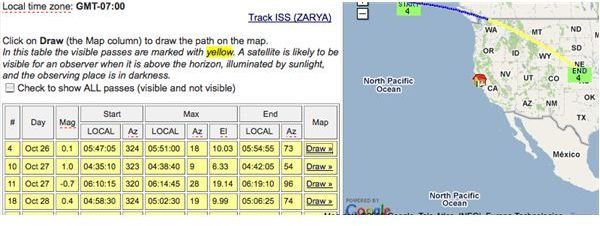
At N2YO.com you can view a computer generated map (from Google) that shows where the ISS currently is (N2YO is a real-time satellite tracking site so be sure to click on “ISS” from the main page.). The little computerized picture of the ISS will be moving over the map while the coordinates change on the right sidebar at the same time. A link under the coordinates in the sidebar of the page directs you to another page that will show a table displaying the predicted location of the ISS relative to you for the next five days. Just click on the link “5 day predications with graphics”. You don’t even need to input your location information, as it will automatically be retrieved using the IP address from your computer and instantly displays a table with all the needed information. Visible passes are marked in yellow and you can even click on a button that says “draw” which will show you the path the ISS will follow for that particular sighting possibility (as seen on the left).
To visit N2YO’s website, click the link in the credits section.
European Space Agency

Naturally the European Space Agency (ESA) has information on their satelites and tracking the ISS. Like N2YO, ESA uses Google maps to display the location of the ISS. However, the ESA’s map shows you the path the ISS is on so you can get an idea of where it is heading. It will show your location on the map with a red dot (also automatic using your IP address), so you know how close it is for your next viewing opportunity- and you will know the course it is on when it does show up. The ESA’s website accommodates sky watchers across the globe by offering several different language options as well.
To visit the ESA’s website, see the link below.
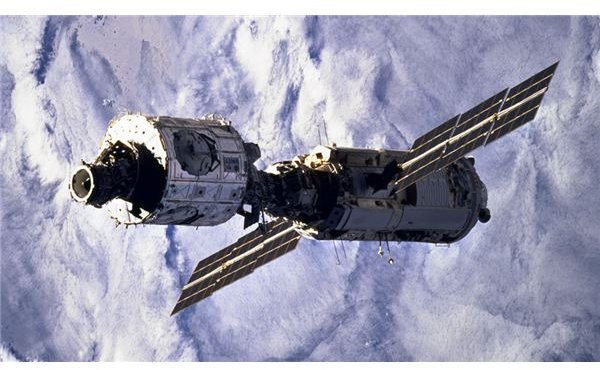
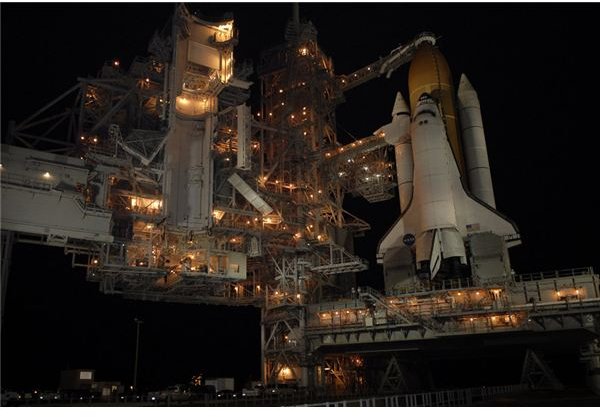
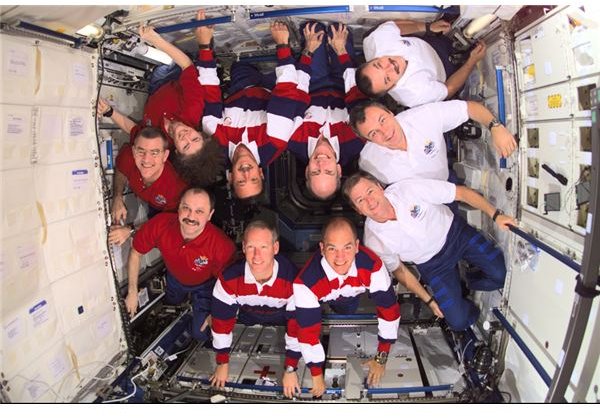
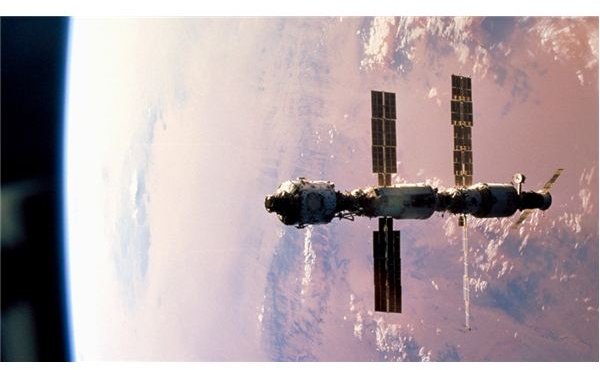
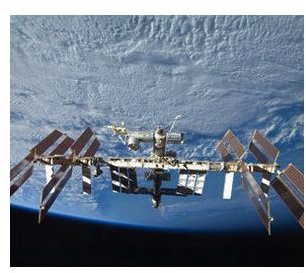
United For Science and Humankind
There really are no words to describe how truly remarkable the International Space Station is. Bringing more than fifteen nations together to construct, study and work on the largest scientific project in world history—the ISS is the kind of thing that makes everyday citizens interested, and space hobbyists utterly enthralled! It inspires the kind of excitement that captured so many in the glory days of space exploration, but this time Russia and the United States are in it together. Sure, the partnership was born out of a lack of funds for individual, smaller space stations to be made by said nations. But it matters not what brought so many together to share in their genius and love of scientific progress for the good of all humankind_._
Credits
Resources:
- NASA’s Human Space Flight website, 2009
- Heavens Above website
- N2YO website
- European Space Agency, 2000-2007
Images:
